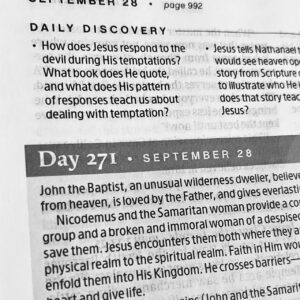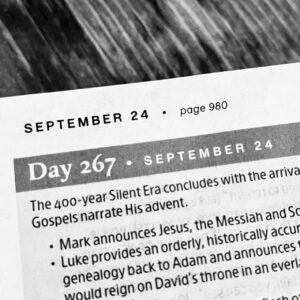Devotionals
What Does It Mean to Worship “In the Spirit”?
In John 4, Jesus has an unexpected conversation with a Samaritan woman. As they talk, the topic of worship comes up. The woman points out that Jews worship in Jerusalem, while her people, the Samaritans, worship on Mount Gerizim. She’s focused on the location — the outward, physical expression of worship. But Jesus turns her... Read More →
Unexpected Heroes: The Women Who Shaped Salvation
When we read through the genealogy of Jesus in Matthew 1, we’re confronted with an unexpected detail: the inclusion of five women. In a time when genealogies typically traced lineage through men, the appearance of Tamar, Rahab, Ruth, Bathsheba, and Mary stands out. But what’s even more striking is why these women, in particular, were chosen. They... Read More →

